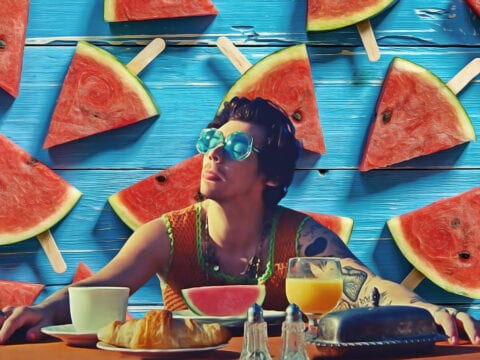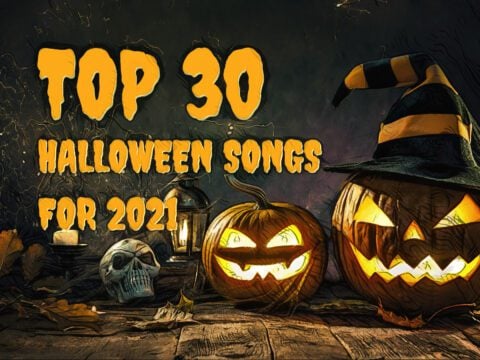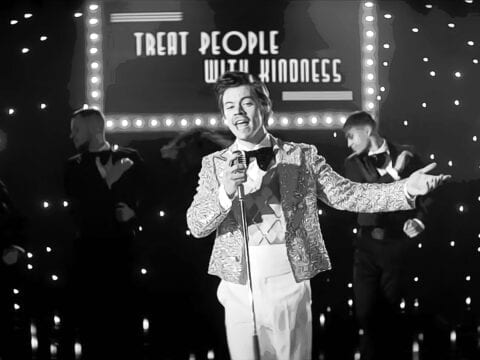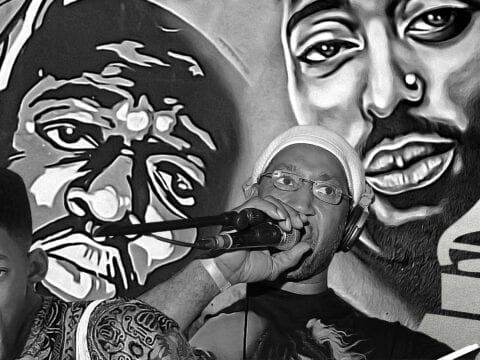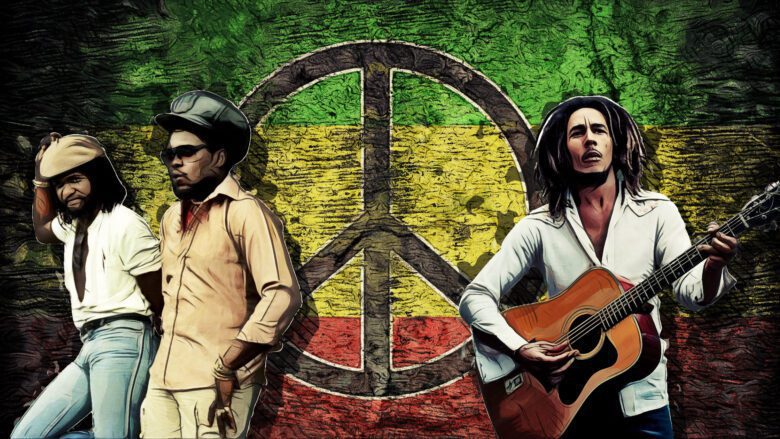
When we first hear of reggae, our minds usually go to some of the biggest names associated with this type of music, such as Bob Marley, Sly & Robbie, Black Uhuru, and others. This wonderful genre tells many stories, and it is full of rich history. Since its beginnings, reggae has been used to spread the message of love, resistance, and change.
What is Reggae Music?
Reggae music is characterized by its use of syncopated rhythms, off-beat melody lines, and heavy percussion. The sound of reggae is typically very laid-back, and it often features instruments such as bass guitars, drums, and keyboards.
The lyrics of reggae songs often deal with promoting messages of peace, social justice, and the Rastafari movement. Today, reggae is enjoyed by people all over the world, and it continues to be one of the most popular genres of Jamaican music.
Where Did Reggae Originate?
Reggae music is a popular genre of music that originated in Jamaica in the 1960s. It has been influenced by many other genres of music, including Jamaican folk genres such as mento, rocksteady, and ska.
Although it originated in Jamaica, reggae is now known worldwide. It spread through the Caribbean, the United States, and pretty much the rest of the world, yet it still remains a huge part of Jamaican culture and tradition. If you’d like to know more about reggae music, how it all started, and what were some of the turning points in its history, keep on reading and together we will go through everything you need to know about reggae.
Mento Music
It is well-known that music has always been a huge part of Jamaican culture and it played a big role in the lives of Jamaican people. The roots of mento can be traced back to African music. Jamaicans were brought to the West Indies as slaves, which is how African music found its way into Jamaican tradition. Mento became popular during the 50s, and it is a fusion of African and European elements, typically featuring acoustic guitar, banjo, hand drums, and rhumba box.
Ska Music
Ska is a fast dance style of Jamaican folk that emerged in the late 1950s. Its lyrics usually dealt with serious social issues and in the early 1960s, it was the dominant music genre in Jamaica, especially popular among British mods and skinheads. It combined elements of mento, calypso, as well as American jazz, and rhythm and blues.
Rocksteady Music
Rocksteady originated in Jamaica mid-1960s. It is a successor of ska and a precursor to reggae. Many artists who established reggae performed rocksteady first, including The Techniques, Alton Ellis, Delroy Wilson, Jackie Mittoo, and others. Rocksteady is slower than ska, and it features emphasized offbeat chords, and riffs with its lyrics that were often political. Its popularity in Jamaica and outside of its borders greatly helped with the popularity reggae has today.
Not only does it incorporate traditional Jamaican music, but it is also highly influenced by American RnB and Rock.
How is Rastafarianism Linked to Reggae?
Reggae is a significant part of Jamaican culture, and as such, it is closely tied to the Rastafarian religion, as well as the social movement that originated in 1930s Jamaica. Jamaicans have experienced many revolutions and riots through the years and have been in a constant state of resistance. All these fights for a change created a religion called Rastafarianism, and reggae became their main means of sending this message of resistance to the world.
Many reggae musicians practice Rastafarianism even today. In fact, for most of us, it is usually the first thing we think of when we hear about reggae music. Because of its close bond with Rastafarianism, reggae artists often sing of spiritual themes, social justice, resistance, and others. Their powerful socially conscious lyrics inspired many other musical genres, especially hip hop.
Early reggae singers such as Bob Marley, Jimmy Cliff, Peter Tosh, and Burning Spear helped greatly with the spread of the message of Rastafarianism throughout the world. Without reggae, Rastafarian ideas would probably never have crossed Jamaican borders. Luckily for us, the world’s most popular reggae artists such as Bob Marley gave a voice to those less fortunate among his people, and we were blessed with the beautiful music of Jamaican people. Once he became an international star, Marley broadcasted these strong messages worldwide and opened doors for many other reggae musicians.
They believed in freedom, love, unity, and the end of oppression, and there’s always been a strong message in their music. Their main goal was to bring heaven to Earth and replace Babylon with the promised land of Zion, where everyone could live in peace. Love, tranquility, and harmony are common goals of both reggae and Rastafarianism, and that is what they bring to the world.
The Subgenres of Reggae
Roots Reggae Music
Roots Reggae is a subgenre of reggae whose artists sing about the everyday lives and aspirations of African people. In their lyrics, they sing about the spiritual side of Rastafari, revolution, they’re honoring God that Rastafarians call Jah, and they sing of black liberation. It is a genre of the rural poor and the ghetto sufferers. The main themes in roots reggae are spirituality, oppression, fascism, poverty, black pride, social issues, etc. Most of the songs made by Peter Tosh and Bob Marley are considered a part of this subgenre.
Dub Music
The Dub subgenre of reggae uses extensive remixing of recorded music. It is also recognized as a genre of electronic music that grew out of reggae, but it has now developed beyond reggae’s scope. It consists of instrumental remixes achieved by manipulating recordings, emphasizing rhythm section (often referred to as riddim), application of studio effect, etc. Some of the biggest names in this subgenre are Augustus Pablo, Osbourne ‘King Tubby’ Ruddock, Errol Thompson, and others.
Lovers Rock Music
Although its name might make some people think this is a type of rock music, it is not the case. Lovers rock is another subgenre of reggae, known for its romantic themes and sound. As the name says, its lyrics are often about love. It originated in the mid-1970s in South London, and it is similar to RnB.
Dancehall Music
Originating in the late 1970s, dancehall is a Jamaican popular music genre that developed from reggae. It is characterized by faster rhythms, thanks to digital instrumentation becoming more accessible, and its main focus is on riddims. It is also marked by the extensive use of Jamaican Patois (an English-based creole language) rather than Jamaican standard English.
Reggaeton Music
Originating in Puerto Rico during the mid-1990s, reggaeton was highly popular among young Latinos. It is a subgenre of reggae influenced by American hip hop, as well as Caribbean and Latin American music. The lyrics are usually in Spanish and vocals include both singing and rapping. El General’s Te Ves Buena (You Look Good) was one of the first hits of this subgenre, and it represents the beginning of reggaeton as an original art form.
The Birth and Rise of Reggae Music
Reggae originated on a small Caribbean island, yet it is now recognized worldwide. UNESCO recognized this global phenomenon as a cultural institution and its success goes hand in hand with the rest of Jamaican history. Let’s go through the history of reggae and see how this Jamaican style of music grew and became a global phenomenon influencing many popular artists even today.
Mento – Birth of Reggae
As we’ve already said, mento is a type of Jamaican folk music developed in the 1940s and 1950s. Its sound is a perfect example of the mix of people and cultures as a result of colonization and slavery. It was a fusion of European and African sounds, with satirical lyrics reflecting everyday life, that created a strong foundation for reggae to flourish.
The Rise of Ska
As more and more people were influenced by American RnB music that was constantly played on the radio, the popularity of Mento started to decline. As the popularity of RnB started to rise, Jamaican musicians began making their own covers of the songs, which started influencing their musical styles.
Mobile discos became a new craze on the streets of Jamaica. They were constantly full of people dancing, and selling food and drinks, and music became the thing that brought the nation together, especially young people. That is how Ska was born. It was a dance type of music, highly influenced by music from overseas, giving a new dimension to what we now know as reggae.
The Harder They Come by Jimmy Cliff
Reggae’s first worldwide recognition can be traced back to the movie called The Harder They Come, released by singer Jimmy Cliff. The movie follows a socio-political storyline with a powerful reggae soundtrack. This paved the way for other reggae artists and made it possible for them to get the worldwide recognition they deserve.
The Harder They Come was a shock, not only for the Jamaican music industry but for the movie industry as well. When thinking of international movies, people used to think of French, Spanish or Italian, yet this was labeled the first Jamaican feature-length film, and it caught everyone by surprise. It documented reggae’s early stages, and it served as a representation of the Jamaican lifestyle to the world.
As Jimmy Cliff said it for RollingStone:
It was such a landmark movie because it was very real. None of us were professional actors, and the story is the story of any one of us who was born in the country or coming from the country; as much as a movie like Scarface, who was coming from Cuba and then he came to the United States looking to make a fortune in the city because we’re all told that it’s in the city that we can make it.’
Bob Marley’s Ascend to Greatness
After the success of The Harder They Come, reggae entered the mainstream. During the later 1960s, Jamaican people faced poverty, and political unrest and they were on the brink of civil war. This unrest on the streets of Jamaica was reflected in the melodies and lyrics of reggae songs. The lyrics dealt with serious socio-political issues, and they were used as a form of protest and revolution. Reggae covered the themes of everyday life and hopes of the people of Jamaica that were deeply rooted in the Rastafarian religion, and this is exactly what the reggae band Bob Marley and the Wailers took to the global stage.
Marley did what many thought impossible – he popularized reggae. He told the whole world the truth about his people and sang the story of his troubled homeland. Unfortunately, Bob Marley left us too early, and he didn’t get to see the impact his music made and continues to make even today.
What helped greatly with his globalization is Eric Clapton’s 1975 cover of Marley’s I Shot the Sheriff. From then, it was nothing but success after success for legendary Bob Marley. Albums such as Catch a Fire, 1973’s Burnin’, Natty Dread (1974), Live! (1975) and Rastaman Vibration (1976) now represent essential bodies of work in the Jamaican music industry, and they have drastically changed how we hear music today.
Bob’s songs had strong socio-political messages. He was a human-right campaigner, freedom fighter, and political activist. In Jamaica, he was soon recognized as their moral leader. All of this came with a price, however, as his name was not the favorite one among those in power. On December 3rd, 1976, seven armed men made an attempt on Marley’s life in the safety of his home. The bullet ended in his arm as the shooter aimed at his heart. Deeply hurt by his countrymen turning against him, Marley left the country he loved to call his home. However, Marley still had his people by his side, and with his strong beliefs and love for reggae music, he didn’t stop preaching and singing about what he loved until his death in 1981.
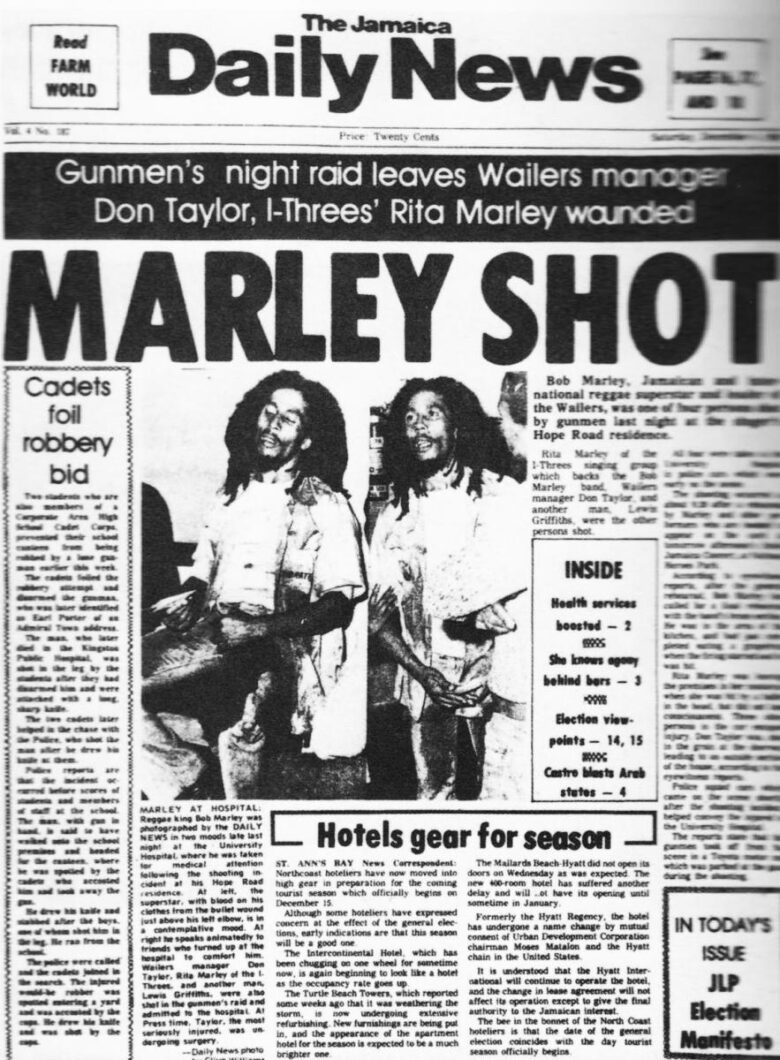
Reggae of Today
Even today, Bob Marley remains the biggest name in the reggae world. However, although it may not be as commercially powerful as it was before, it is still one of the top genres, and it continues to inspire and influence popular music and many popular artists. Jamaica’s influence on popular music today can be seen in some of Rihanna’s reggae songs, such as her 2011 hit ‘Man Down.’ The singer serves as proof of reggae living even today, and not just as something from the past, but as an art form that keeps on giving.
In 2018, reggae was recognized by UNESCO and added to the Representative List of the Intangible Cultural Heritage of Humanity.

